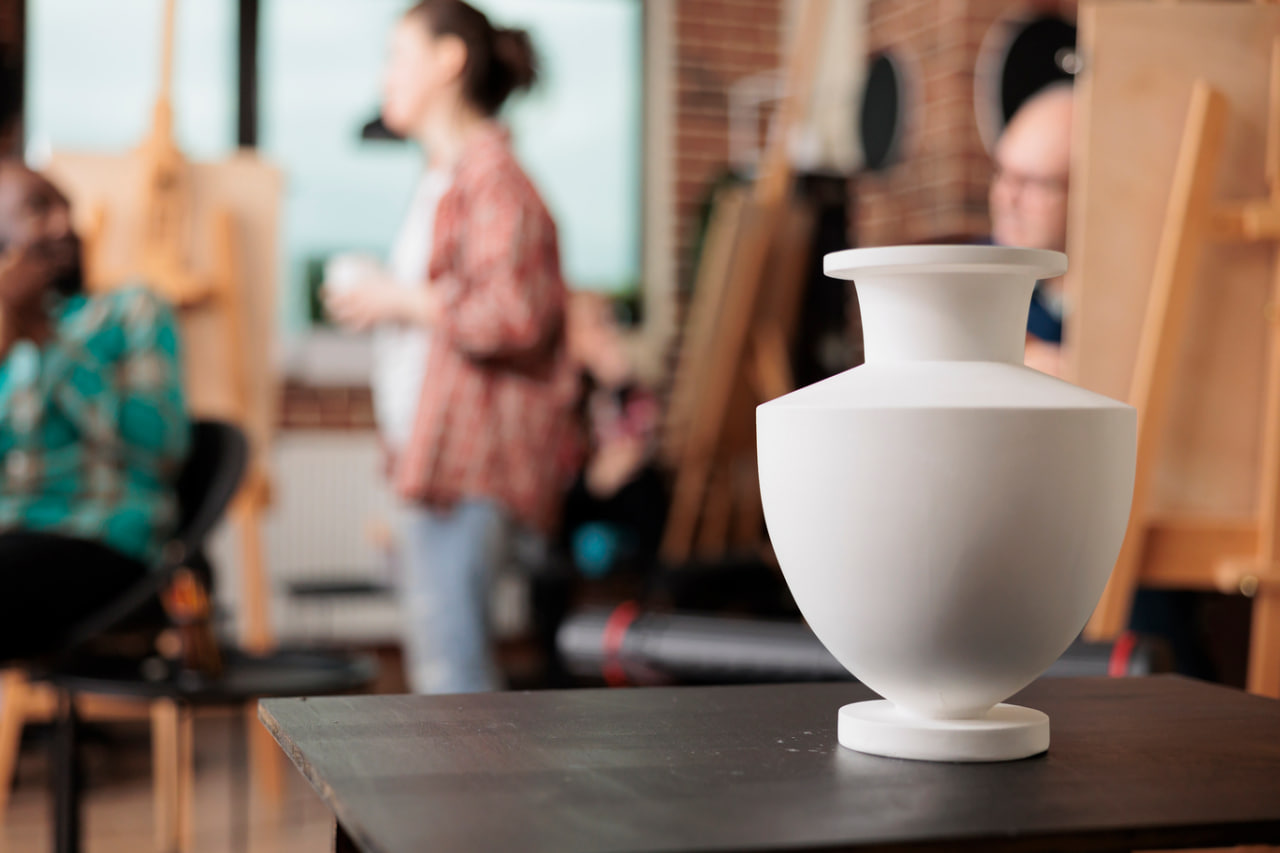Surface finishing is a vital step in creating decorative pieces that captivate attention and stand the test of time. Beyond simply polishing or painting, finishing involves a combination of techniques that enhance texture, color, and detail, elevating a simple object into a work of art. Understanding these methods allows artisans and designers to produce pieces that are visually striking, durable, and unique.
The Importance of Surface Finishing
A well-executed surface finish enhances the aesthetic appeal and longevity of decorative objects. It highlights the craftsmanship, preserves the material, and can dramatically change the perception of texture and depth. Finishing also plays a functional role by protecting the surface from wear, environmental exposure, and damage, ensuring that decorative pieces maintain their quality over time.
Finishing is not merely a final step but an integral part of the design process. Choices in texture, color, and detail influence the mood, style, and impact of the piece, whether it is meant for indoor décor, architectural elements, or functional art.
Exploring Textures
Smooth and Polished Finishes
Smooth finishes create a sleek, modern appearance and are ideal for contemporary décor. Polishing metal, resin, or stone surfaces eliminates roughness, enhances reflectivity, and accentuates natural patterns. Achieving a flawless smooth finish requires careful sanding, buffing, and, in some cases, chemical treatments that refine the material’s surface.
Rough and Textured Surfaces
Rough textures add depth, character, and tactile interest to decorative objects. Techniques such as carving, etching, stippling, and embossing can produce intricate patterns and naturalistic effects. Textured finishes work well for rustic, industrial, or artistic décor, giving each piece a distinct personality and visual complexity.
Layered and Mixed Textures
Combining smooth and rough areas can create striking contrast, guiding the viewer’s eye and enhancing the overall design. Layered textures can also suggest depth and dimension, making flat surfaces appear more sculptural and dynamic.
Color Techniques for Impact
Color significantly influences the mood and perception of decorative pieces. The right color palette can transform a simple object into a focal point or harmonize it with its surroundings.
Painting and Staining
Applying paint or stains allows complete control over color, tone, and finish. Techniques such as washes, gradients, and dry brushing can enhance depth, highlight details, or create subtle transitions. Wood, plaster, and resin respond particularly well to staining, adding warmth and visual richness.
Patinas and Chemical Treatments
Metals benefit from patinas, which are chemical treatments that produce colors and textures ranging from verdigris green on copper to deep browns and blues on bronze. Patinas not only create aesthetic effects but also protect the metal surface from corrosion.
Pigments and Inclusions
In resins and plasters, pigments, powders, and inclusions can be mixed into the material itself, resulting in intrinsic color variations and unique visual effects. Metallic powders, mica, and glitter create shimmering highlights, while layered pigments can mimic natural materials like stone or marble.
Highlighting Details
Surface finishing allows artisans to emphasize intricate details and craftsmanship. Techniques such as engraving, embossing, etching, and relief work draw attention to specific features, enhancing the overall design.
Highlighting details can be subtle, such as gently accentuating edges, or bold, like applying contrasting colors to patterns and motifs. The interplay between highlighted details and base textures creates visual depth and engages viewers.
Protective Finishes
Functional protection is a critical aspect of surface finishing. Sealants, varnishes, and clear coats safeguard materials from scratches, moisture, UV exposure, and wear. Protective finishes are particularly important for outdoor décor, kitchenware, and frequently handled objects.
Choosing the right protective layer depends on the material and intended use. Metals often require lacquer or wax coatings, resins benefit from clear epoxy or polyurethane finishes, and plaster or concrete may need penetrating sealants to prevent moisture damage.
Combining Techniques for Unique Results
The most compelling decorative pieces often combine multiple finishing techniques. Smooth and textured areas, layered colors, highlighted details, and protective coatings work together to create visually rich, multidimensional surfaces. This approach allows artisans to experiment and innovate, producing pieces that are entirely unique and reflective of personal style.
Finishing for Longevity
A thoughtful finishing process not only enhances appearance but also prolongs the life of decorative pieces. Regular maintenance, such as dusting, gentle cleaning, and periodic touch-ups, preserves both the surface and the structural integrity of the object. Understanding material compatibility, environmental factors, and proper application methods ensures that the finish remains effective and attractive over time.

